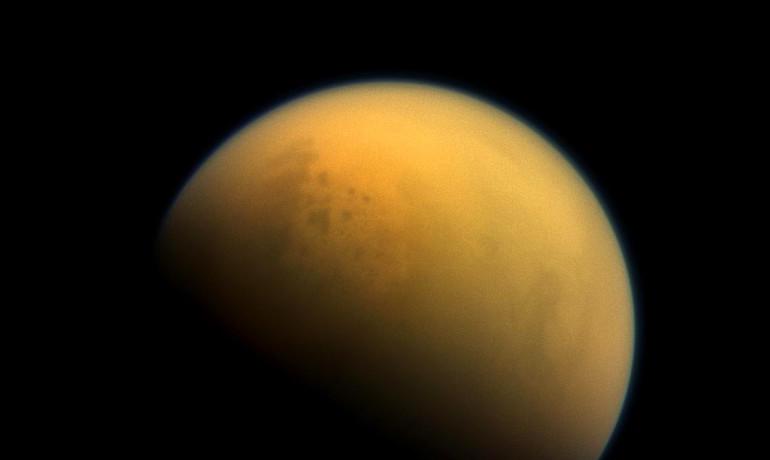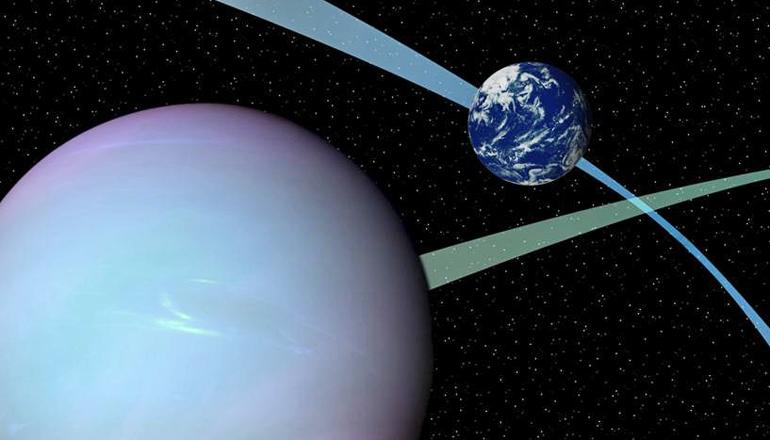An atmospheric haze around a distant planet—like the one which probably shrouded and cooled the young Earth—could show that the world is potentially habitable, or even be a sign of life itself.
Astronomers often use the Earth as a proxy for hypothetical exoplanets in computer modeling to simulate what such worlds might be like and under what circumstances they might be hospitable to life.
For a new study, researchers chose to study Earth in its Archean era, about 2½ billion years ago, because it is “the most alien planet we have geochemical data for,” says Giada Arney, a doctoral student at the University of Washington.
The new work builds on geological data from other researchers that suggest the early Earth was intermittently shrouded by an organic pale orange haze that came from light breaking down methane molecules in the atmosphere into more complex hydrocarbons, organic compounds of hydrogen and carbon.
“Hazy worlds seem common both in our solar system and in the population of exoplanets we’ve characterized so far,” Arney says. “Thinking about Earth with a global haze allows us to put our home planet into the context of these other worlds, and in this case, the haze may even be a sign of life itself.”
Researchers used photochemical, climate, and radiation simulations to examine the early Earth shrouded by a “fractal” hydrocarbon haze, meaning that the imagined haze particles are not spherical, as used in many such simulations, but agglomerates of spherical particles, bunched together like grapes, but smaller than a raindrop. A fractal haze, they found, would have significantly lowered the planetary surface temperature.
However, they also found the cooling would be partly countered by concentrations of greenhouse gases that tend to warm a planet. This combination would result in a moderate, possibly habitable average global temperature.
Such a haze would also have absorbed ultraviolet light so well as to effectively shield the Archean Earth from deadly radiation before the rise of oxygen and the ozone layer, which now provides that protection. The haze was a benefit to just-evolving surface biospheres on Earth, as it could be to similar exoplanets.
The researchers also found that, based on the early Earth data, it’s unlikely such a haze would be formed by abiotic, or nonliving means. So for exoplanets with Earth-like amounts of carbon dioxide in their atmospheres, “organic haze might be a novel type of biosignature, Arney says.




